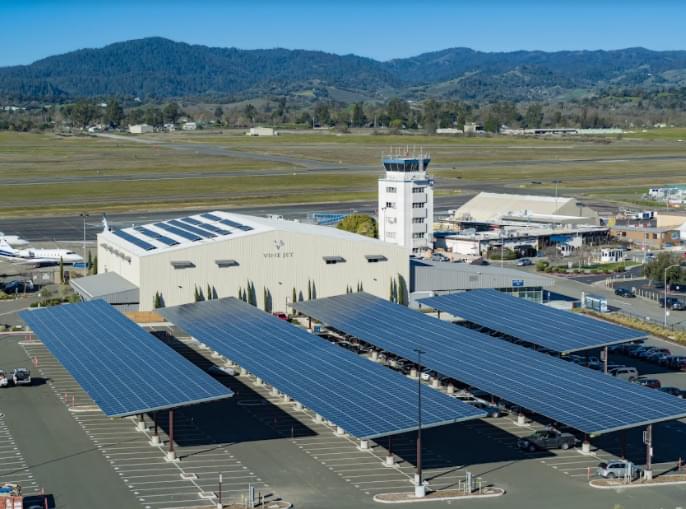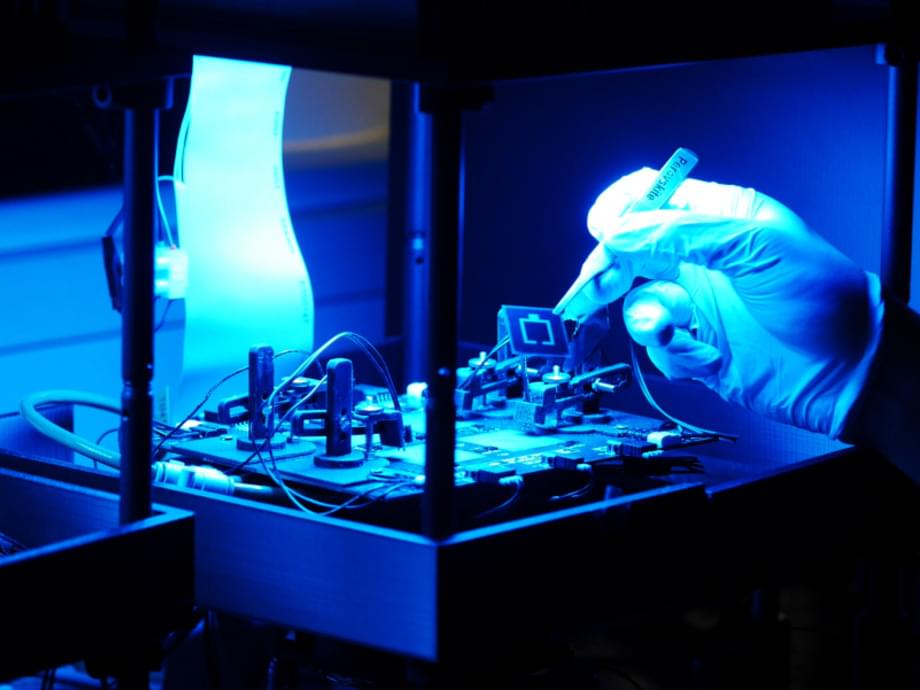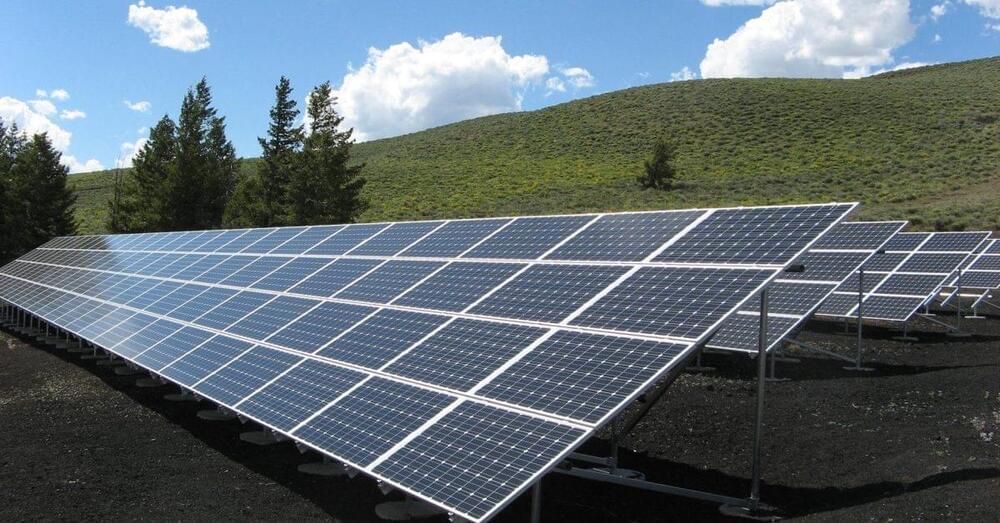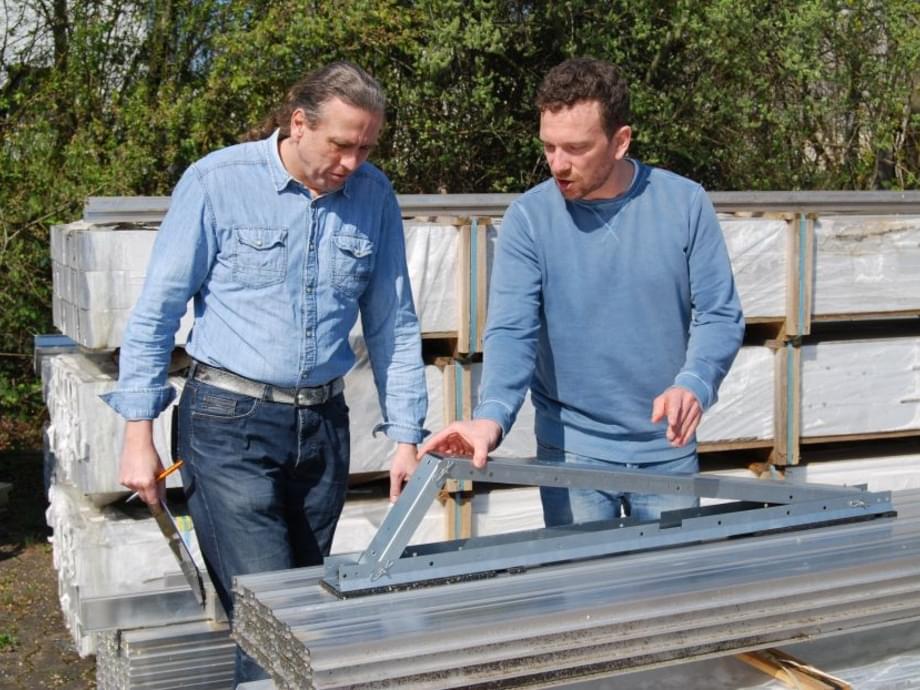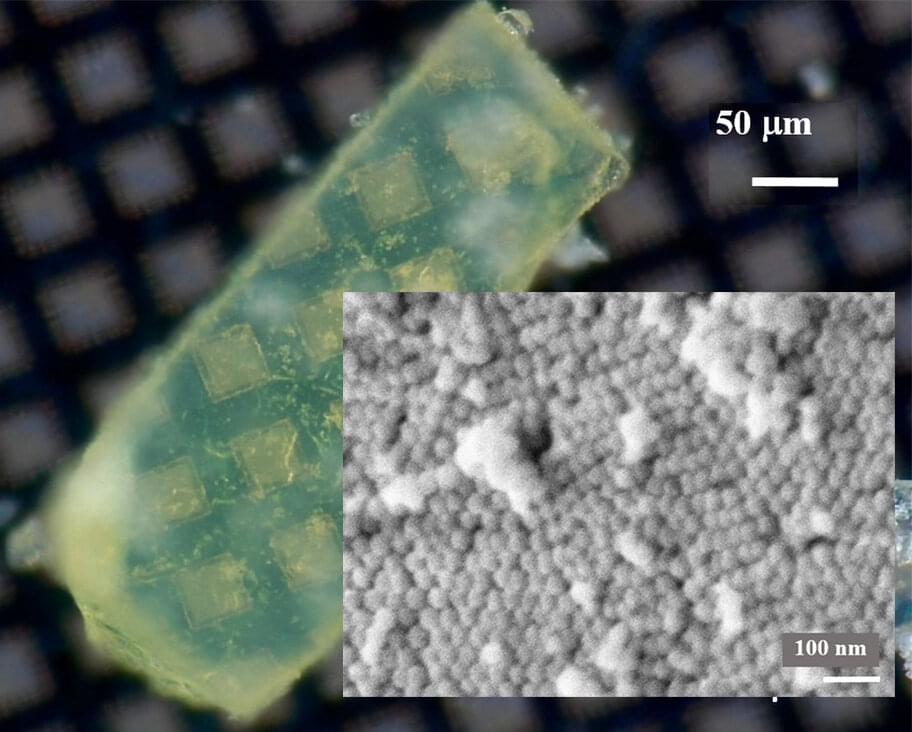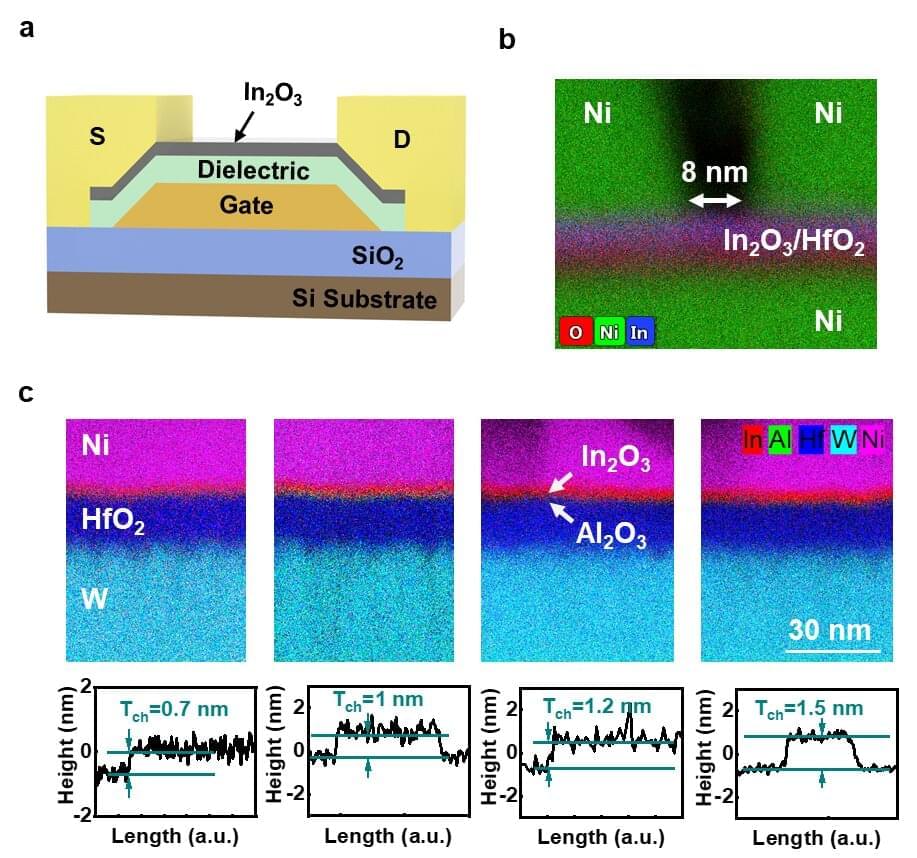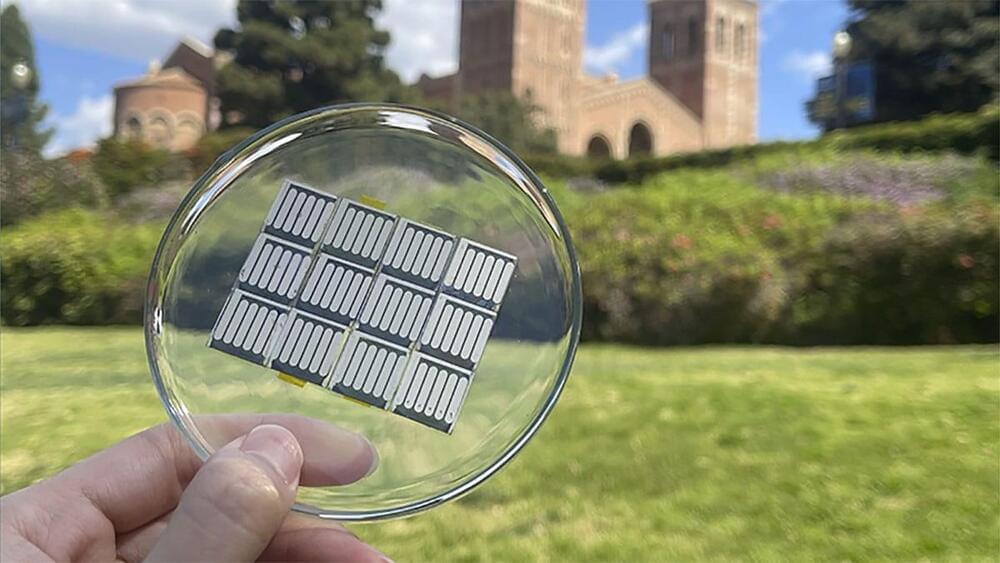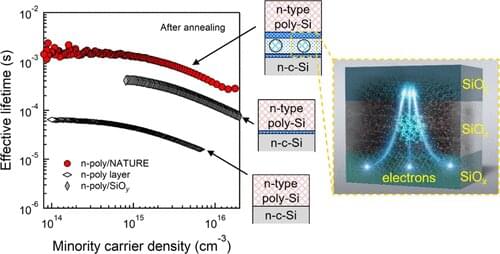The Charles M. Schulz Sonoma County Airport had two solar power systems installed onsite and made them live in February. Over the course of their electricity-generating life spans, they will offset thousands of tons of CO2 emissions and potentially save millions of dollars.
Sonoma County has been hit particularly hard by wildfires in the last several years. These natural disasters occur with some regularity on their own, but many believe the latest ones are connected to the effects of climate change. The county has been experiencing higher temperatures and droughts as well. As a result of these challenges, Sonoma County’s government set a goal for the county to be carbon neutral by 2030. The airport solar power installations fit within the carbon-free plan. (The California state government has a goal for California to be operating on clean, carbon-free electricity by 2045.)
Jon Stout, the Sonoma Airport Manager, and Rachel McLaughlin, ForeFront Power’s Vice President of Sales & Marketing, provided some insights to CleanTechnica about the new solar power systems. (The last three answers are from ForeFront.)
